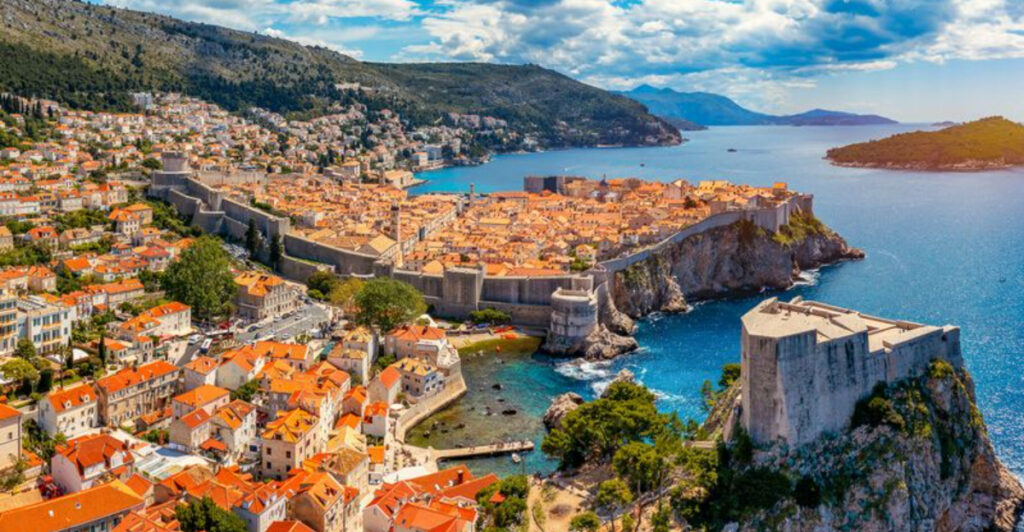In recent years, some of the world’s most beloved tourist destinations have taken a bold step — they are turning away visitors. This trend is driven by various factors including environmental concerns, cultural preservation, and social dynamics. With overtourism becoming a pressing issue, these places have decided to prioritize sustainability over tourist dollars. In this article, we explore sixteen such destinations that are saying ‘enough is enough’ to the influx of tourists.
1. Machu Picchu, Peru
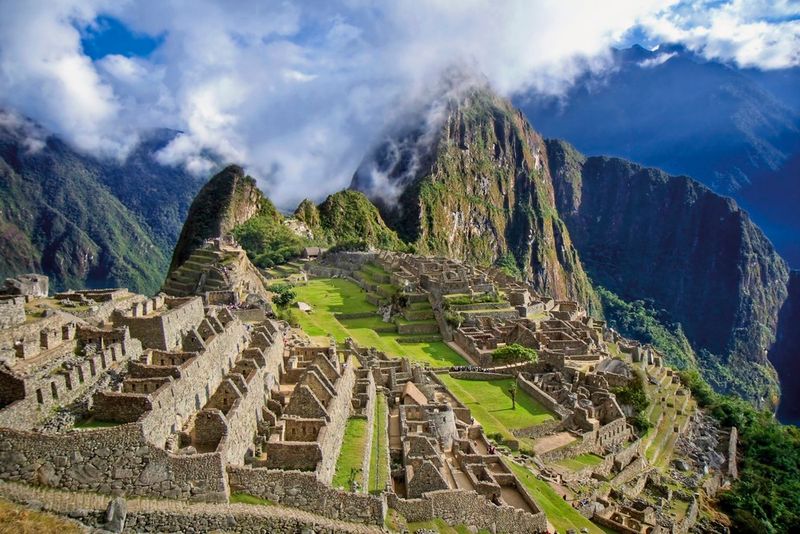
High atop the Andes, Machu Picchu stands as a testament to Incan engineering marvels. Yet, the site endures the strain of thousands of daily visitors. In response, Peru has limited access, allowing only a certain number of tourists each day. This decision helps preserve its delicate structures from further wear. Beyond the stone terraces, the region’s fragile ecosystem benefits from reduced foot traffic. The measures ensure that future generations can witness its splendor, untouched by human overuse. Visitors now must plan well in advance to secure their chance to see this iconic symbol of history.
2. Venice, Italy
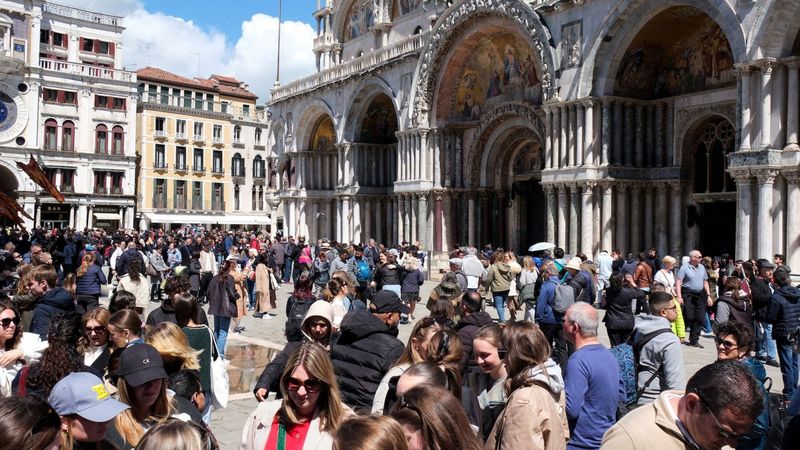
In a city built on water, Venice grapples with waves of tourists that threaten to erode its foundations. To combat this, authorities have implemented entrance fees during peak seasons. This strategy aims to curb the overwhelming crowds that flood the city. The preservation of its unique architecture and waterways is paramount. Through these efforts, Venice seeks to maintain its charm and cultural heritage. For tourists, the experience becomes more intimate and less crowded, offering a glimpse into the city’s soul. Exploring Venice now requires a bit more planning and forethought.
3. Santorini, Greece
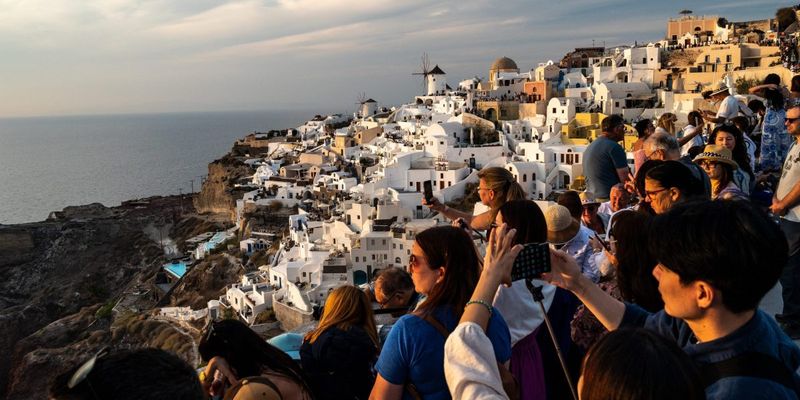
Famed for its sunsets and cliffside views, Santorini faces challenges from its own popularity. The island restricts the number of cruise ships and daily visitors to prevent overcrowding. These measures are designed to protect its serene landscape and fragile infrastructure. As the sun sets, the island’s beauty remains unmarred by large tourist groups. This approach also supports local businesses by encouraging longer stays. Santorini’s efforts ensure that travelers can immerse themselves in its magic without overburdening its resources. The island remains a dream destination, albeit one that requires careful visitor management.
4. Barcelona, Spain

Barcelona’s vibrant culture and architecture draw millions, yet the city’s residents often feel overwhelmed. As a remedy, the city has curbed short-term rentals and restricted tourist buses in certain areas. These changes aim to balance local life and tourism. By doing so, Barcelona preserves its neighborhoods and reduces crowding. This approach allows visitors to enjoy its treasures without contributing to the city’s stress. Walking through its streets now offers a more genuine experience. The city continues to welcome travelers but on terms that respect both its citizens and heritage.
5. Amsterdam, Netherlands
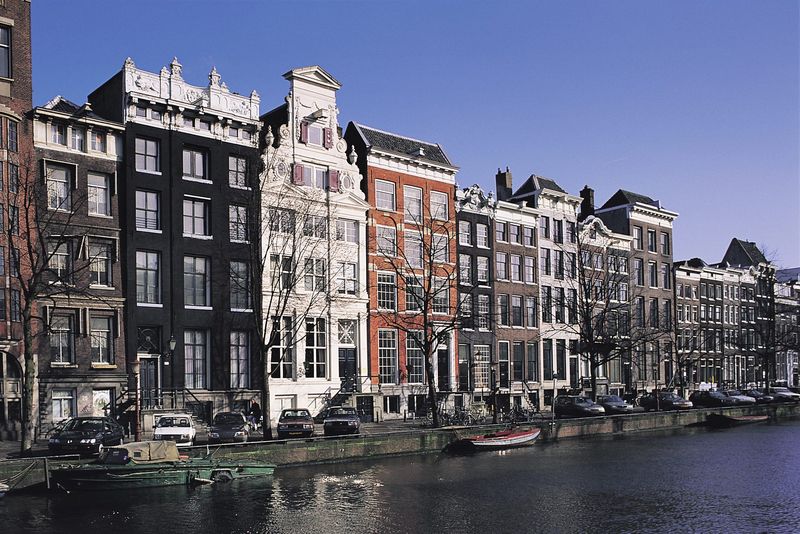
Amsterdam, known for its canals and art, faces challenges from its tourist influx. The city has banned new hotels and souvenir shops in the center to preserve its charm. Efforts also include promoting visits to lesser-known areas. This strategy protects its historic core, ensuring it remains a place for locals. Tourists are encouraged to explore beyond the usual sights, discovering hidden gems. By diversifying the visitor experience, Amsterdam manages its tourist numbers sustainably. The city remains welcoming, yet it insists on preserving its unique character for both residents and travelers alike.
6. Kyoto, Japan
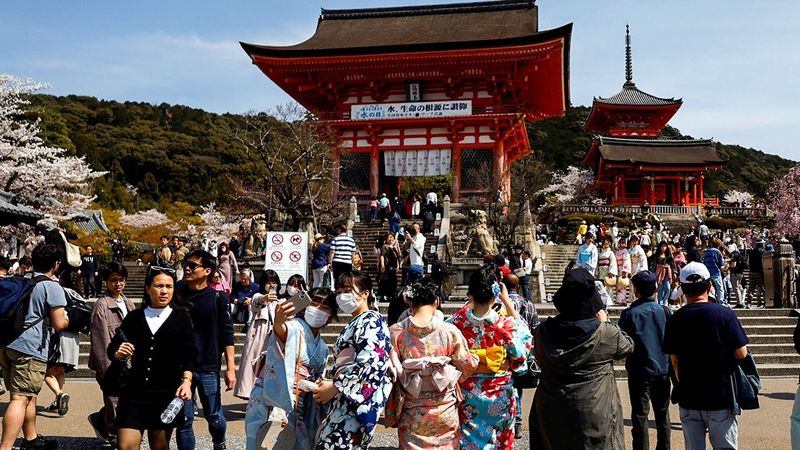
Kyoto’s ancient temples and cherry blossoms are world-renowned, attracting visitors year-round. However, overcrowding threatens its tranquility and cultural sites. In response, the city has introduced measures to control tourist flow, especially in popular districts. These steps help maintain the peaceful atmosphere that Kyoto is known for. Visitors are encouraged to explore lesser-visited areas, spreading tourism more evenly. This not only protects primary attractions but also enriches the travel experience. Kyoto thus invites tourists to enjoy its heritage without compromising its serenity. The city’s allure remains strong, albeit with a mindful approach to tourism.
7. Dubrovnik, Croatia

Dubrovnik, with its medieval walls and stunning sea views, has gained fame as a filming location. Yet, the city’s charm is at risk from excessive tourist traffic. To safeguard its heritage, Dubrovnik has capped cruise ship arrivals and visitor numbers. These actions aim to protect its historic sites from damage and decay. The reduced crowds allow for a more personal exploration of its streets and landmarks. This careful management ensures that Dubrovnik retains its magic for future generations. Tourists still flock here, but the experience is now crafted with preservation in mind.
8. Cinque Terre, Italy

Cinque Terre’s picturesque villages are postcard-perfect, yet their fragile environment suffers from overcrowding. To address this, the area has limited the number of visitors allowed on hiking trails and in villages. This initiative aims to preserve its natural beauty and community life. Tourists are encouraged to visit during off-peak seasons, reducing the impact on locals. By managing tourism, Cinque Terre can sustain its charm and allure. The villages remain a haven for those seeking beauty, albeit with respect for the environment. Visitors must plan carefully to enjoy this Italian gem responsibly.
9. Bhutan
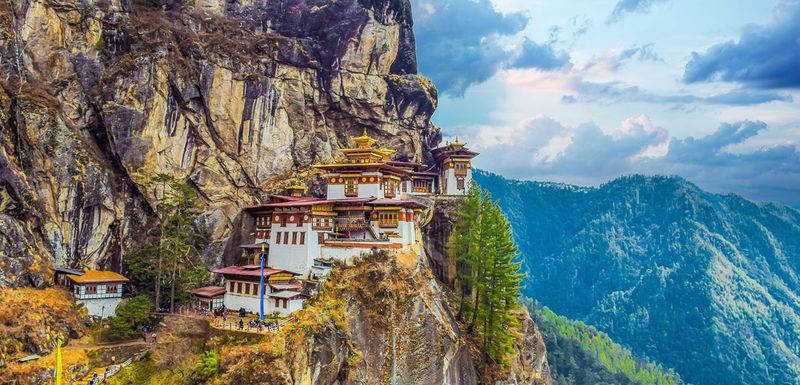
Nestled in the Himalayas, Bhutan embraces a unique approach to tourism: high-value, low-impact. The kingdom imposes a daily fee on visitors, ensuring that tourism supports the local economy without overwhelming resources. This policy preserves Bhutan’s pristine landscapes and vibrant culture. The limited tourist numbers foster genuine interactions and understanding. Travelers gain a deeper appreciation for Bhutan’s way of life, unspoiled by mass tourism. The strategy not only protects the environment but also enhances the visitor experience. Bhutan remains a mystical destination, offering insights and tranquility to those who venture there.
10. Galápagos Islands, Ecuador
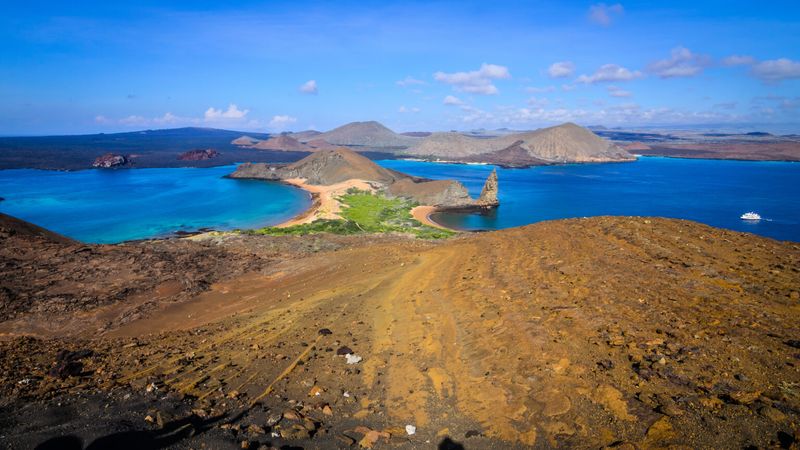
The Galápagos Islands, famed for their unique wildlife, face threats from human activity. To protect this ecological treasure, Ecuador has restricted tourist numbers and regulated access to certain areas. These measures aim to preserve the islands’ biodiversity and delicate ecosystems. Tourists are guided by strict rules to minimize environmental impact. This approach allows the Galápagos to remain a living laboratory of evolution. Visitors witness its wonders while contributing to conservation efforts. The islands continue to captivate with their natural beauty, but with a conscious commitment to safeguarding their future.
11. Boracay, Philippines
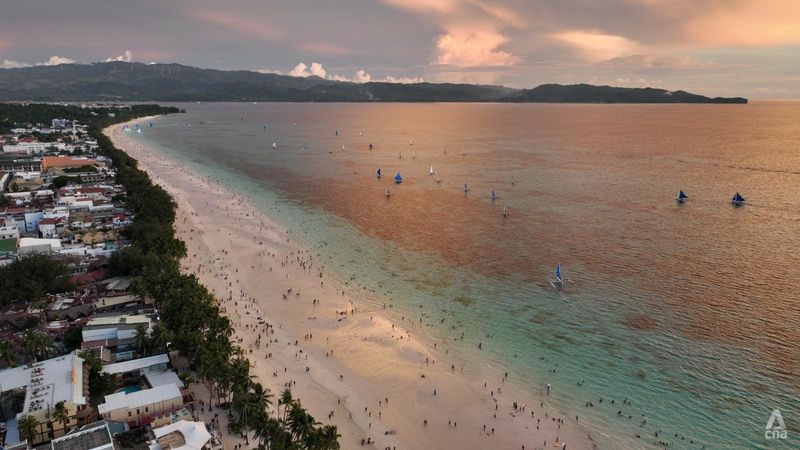
Boracay, once a party island, has undergone a transformation to focus on sustainability. The Philippine government closed the island temporarily for rehabilitation, addressing environmental damage. Now, Boracay limits visitor numbers and enforces strict environmental regulations. This shift aims to preserve its stunning beaches and marine life. Tourists are encouraged to engage in eco-friendly activities and support local businesses. The island’s rejuvenation offers a cleaner, more sustainable paradise. Boracay’s story serves as a model for balancing tourism and preservation. Visitors can still enjoy its beauty, but with newfound respect for its resources.
12. Maya Bay, Thailand
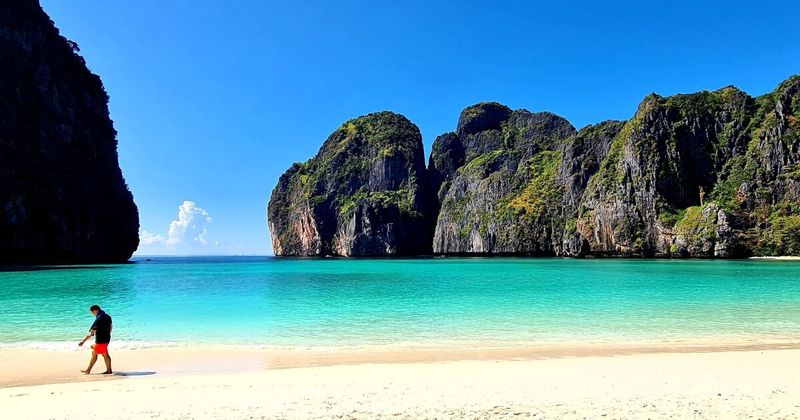
Maya Bay, made famous by the movie “The Beach,” suffered from its own popularity. Thailand closed the bay for restoration, allowing its coral reefs and marine life to recover. This closure has been extended multiple times, reflecting a commitment to environmental health. The bay’s calm waters and white sands are now a sanctuary for nature. The restricted access means fewer tourists, offering a more serene experience. Maya Bay’s recovery highlights the importance of sustainable tourism practices. It stands as a testament to the benefits of prioritizing nature over numbers.
13. Reykjavik, Iceland
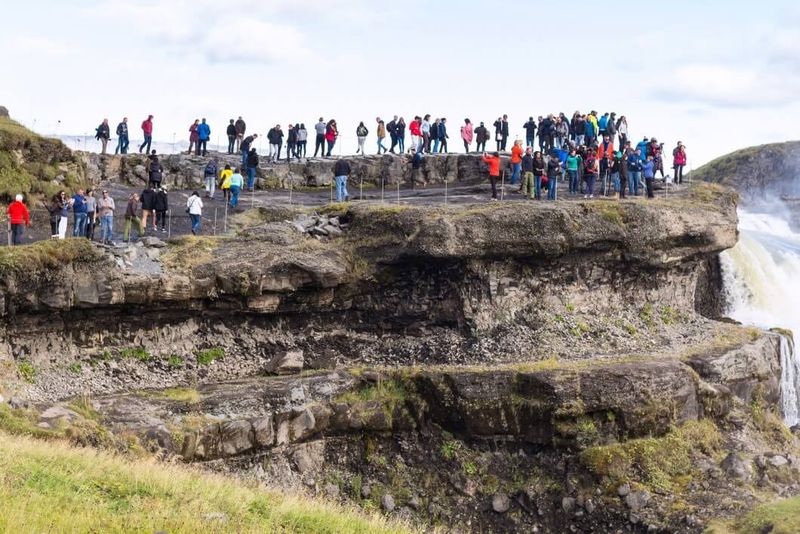
Iceland’s dramatic landscapes have surged in popularity, particularly around Reykjavik. The city and its surroundings have introduced measures to manage tourist impact, including restrictions on certain sites. These efforts focus on protecting natural wonders from overuse. Visitors are encouraged to explore responsibly and respect local customs. Reykjavik’s approach balances tourism growth with environmental stewardship. The city’s breathtaking beauty remains accessible, yet preserved for future admirers. Iceland continues to welcome travelers, but with a focus on sustainability and respect for nature. This mindful tourism ensures the land’s magic endures.
14. Antarctica
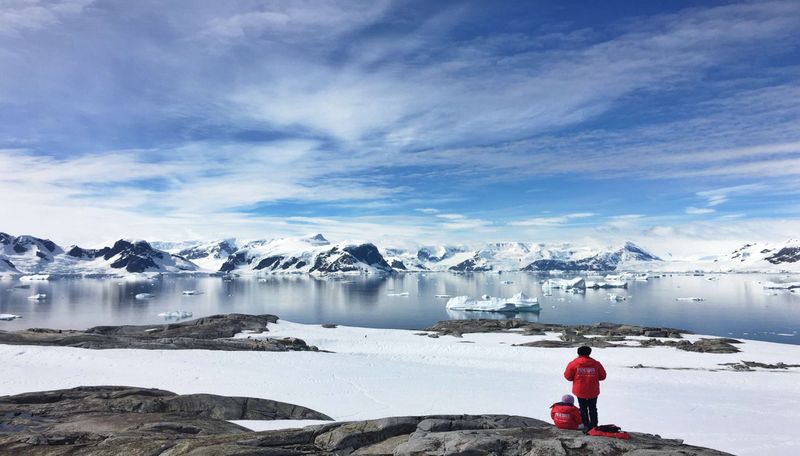
Remote and pristine, Antarctica is one of the last untouched frontiers. Tourism here is strictly regulated to protect its fragile environment. Only a limited number of visitors can set foot on the continent each year. These regulations help preserve its unique ecosystems and wildlife. Tourist activities are carefully managed to minimize impact, ensuring Antarctica remains a sanctuary for science and nature. The continent offers a glimpse into a world untouched by human hands. Travelers who journey here do so with a commitment to conservation. Antarctica’s beauty is safeguarded through responsible tourism practices.
15. Komodo Island, Indonesia
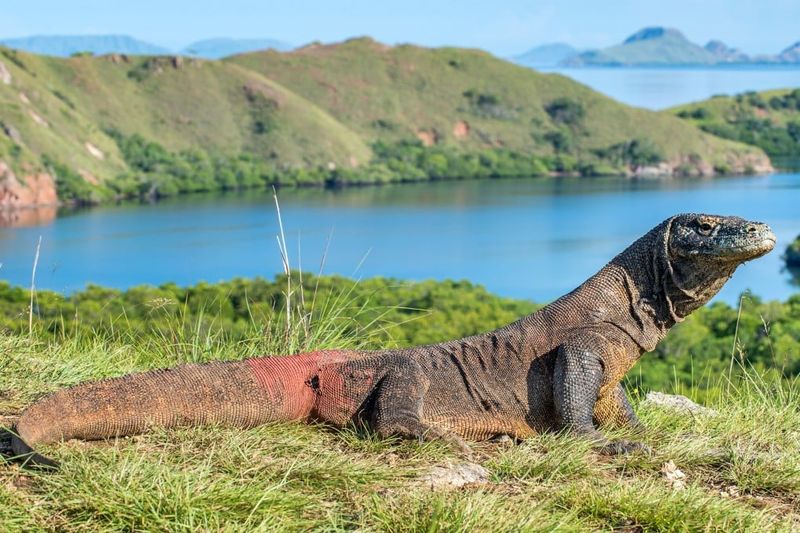
Home to the legendary Komodo dragons, Komodo Island faces challenges from increased tourism. Indonesia has introduced restrictions to protect its unique fauna and flora. Visitor numbers are controlled, and activities are monitored to ensure minimal impact on the environment. These efforts aim to preserve the island’s natural habitat and species. Tourists are given the opportunity to witness these ancient creatures in a protected setting. By managing tourism, Komodo Island balances its ecological integrity with visitor interest. The island remains an extraordinary destination, offering a rare glimpse into the world of dragons.
16. Isle of Skye, Scotland
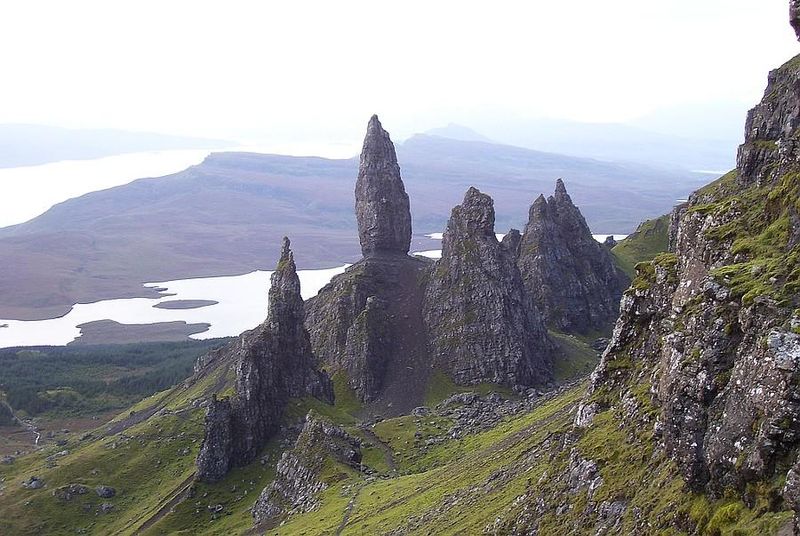
In the heart of Scotland, the Isle of Skye stands as a testament to raw natural beauty. With its rugged cliffs and serene lochs, it attracts countless visitors yearning for a slice of untouched paradise. Notably, the island’s roads have become overwhelmed by tourist traffic, disrupting the quiet life of its residents.
In response, local authorities have urged tourists to rethink their travel plans or visit during the off-peak season. This strategic move helps preserve the island’s tranquility and prevents further strain on its infrastructure. For those who venture here, respecting the land and its inhabitants is paramount.

